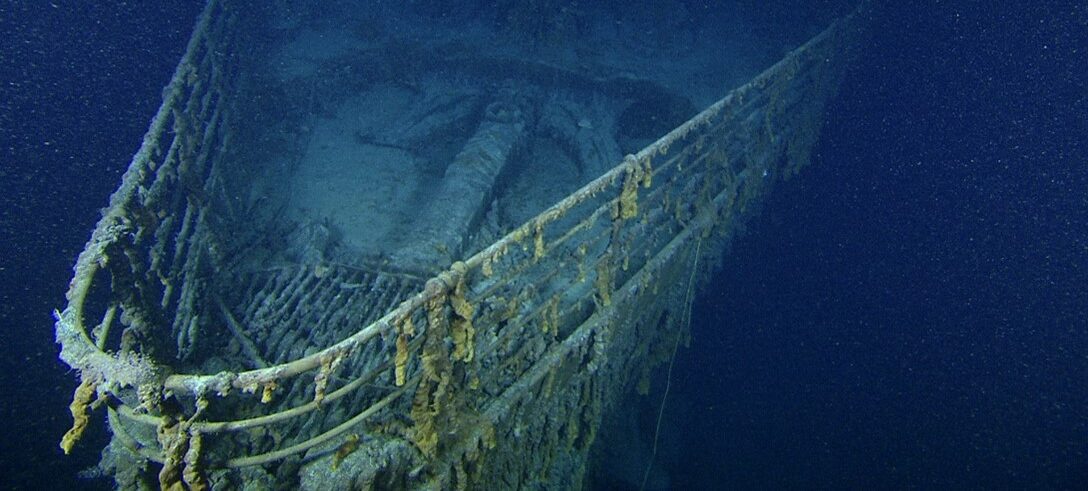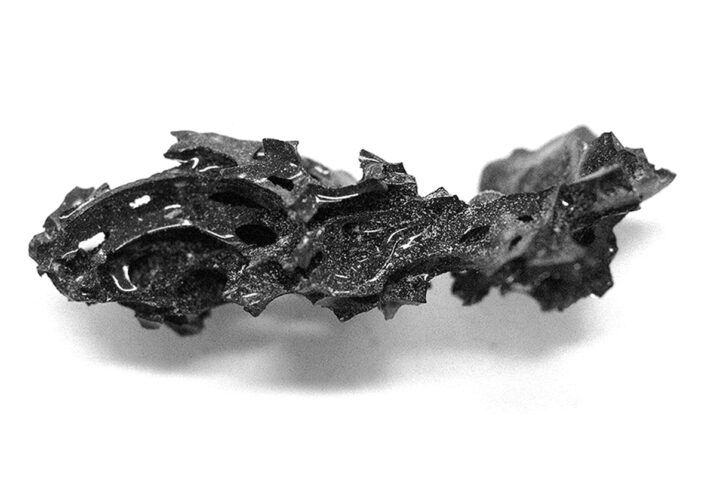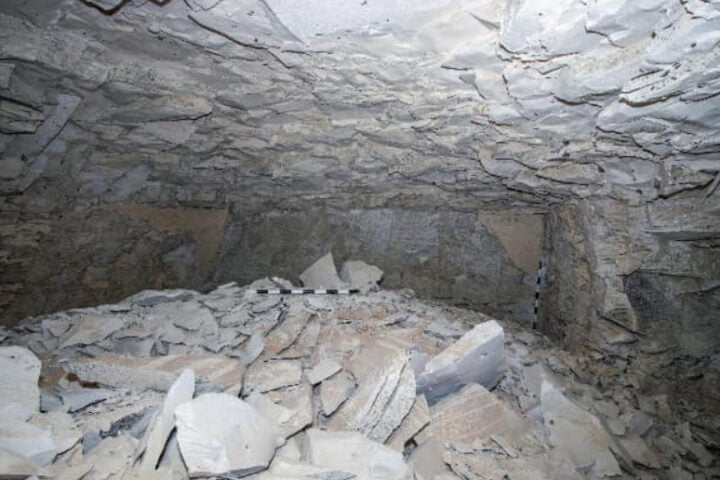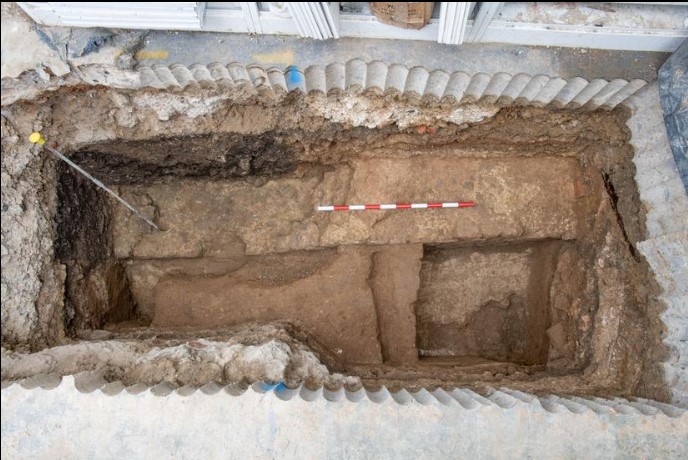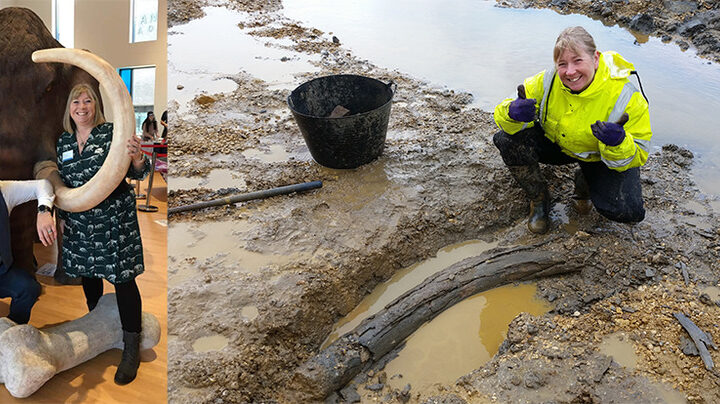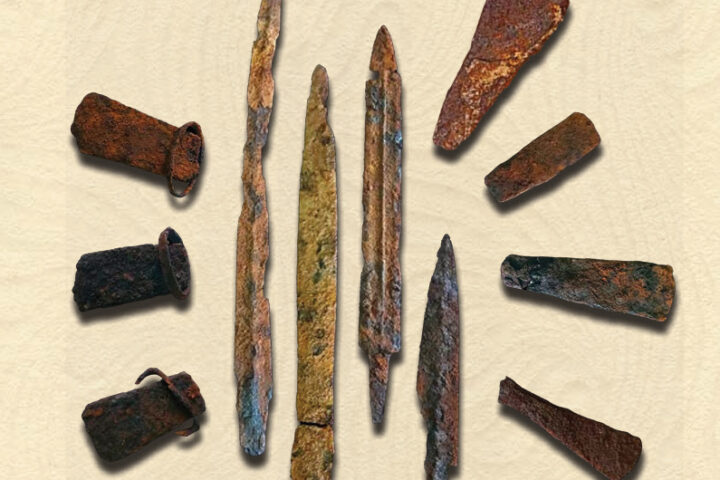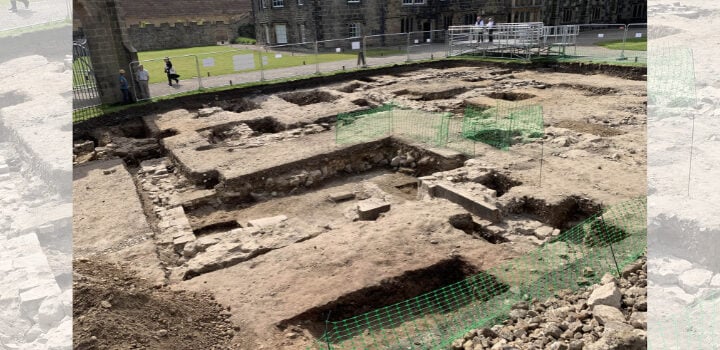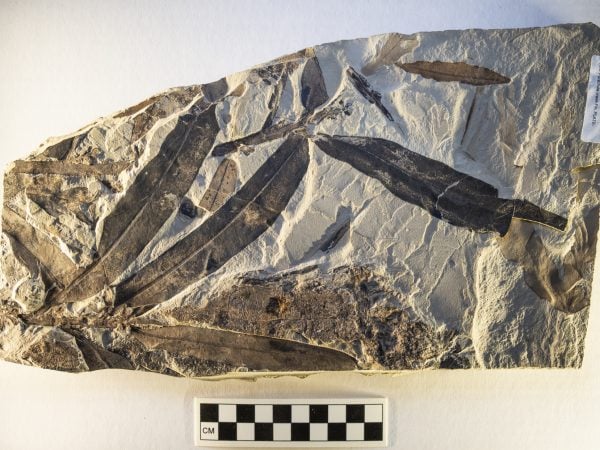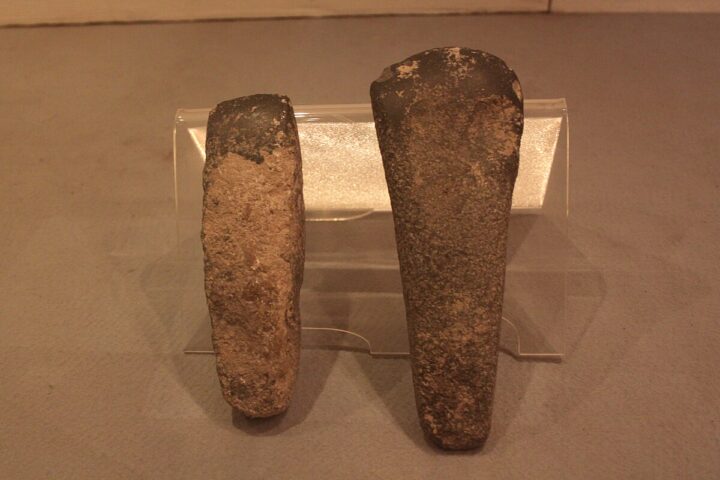In a remarkable discovery that has sent nostalgic shockwaves through the maritime archaeology community, the bronze statue of Diana of Versailles, once a centerpiece in the luxurious first-class lounge of the ill-fated Titanic, has been rediscovered after more than a century on the ocean floor. The two-foot-tall statue, last seen in 1986, was found by divers from RMS Titanic Inc. during their recent expedition to the wreck site, which lies 2.4 miles below the surface of the Atlantic Ocean.
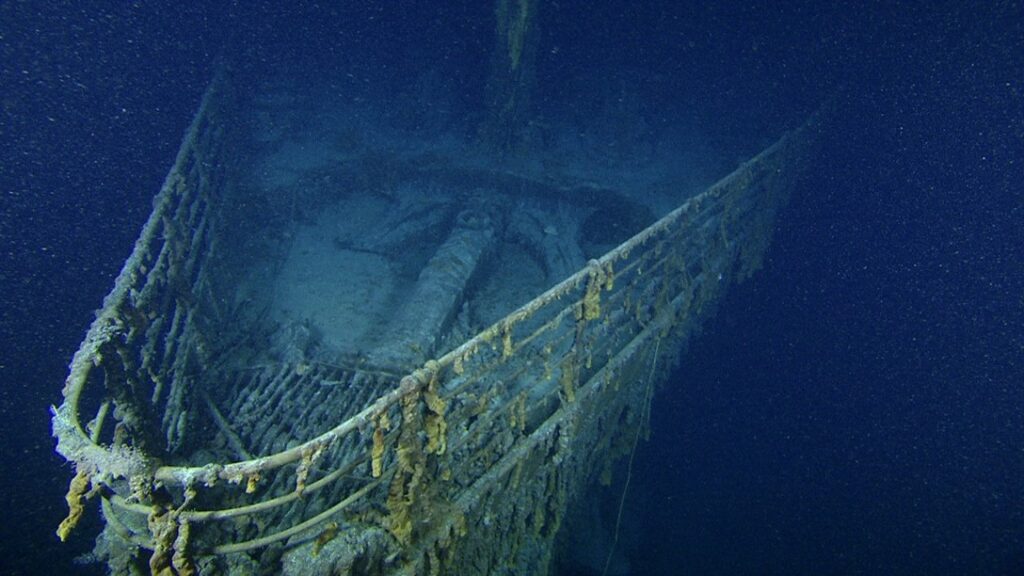
The expedition, which spanned over 13 days and involved capturing more than 2 million high-resolution images, has provided unprecedented insights into the current state of the wreck and the ongoing decay that has taken hold of the once-majestic ship. Perhaps the most striking evidence of this decay is the loss of a 15-foot-long section of the bow railing, which had remained miraculously intact until recent years.
“We are saddened by this loss and the inevitable decay of the ship and the debris,” stated RMS Titanic Inc. in a press release. “Over the course of the next few weeks and months, we will conduct a more thorough review of Titanic’s condition and her changes over time. Although Titanic’s collapse is inevitable, this evidence strengthens our mission to preserve and document what we can before it is too late.”
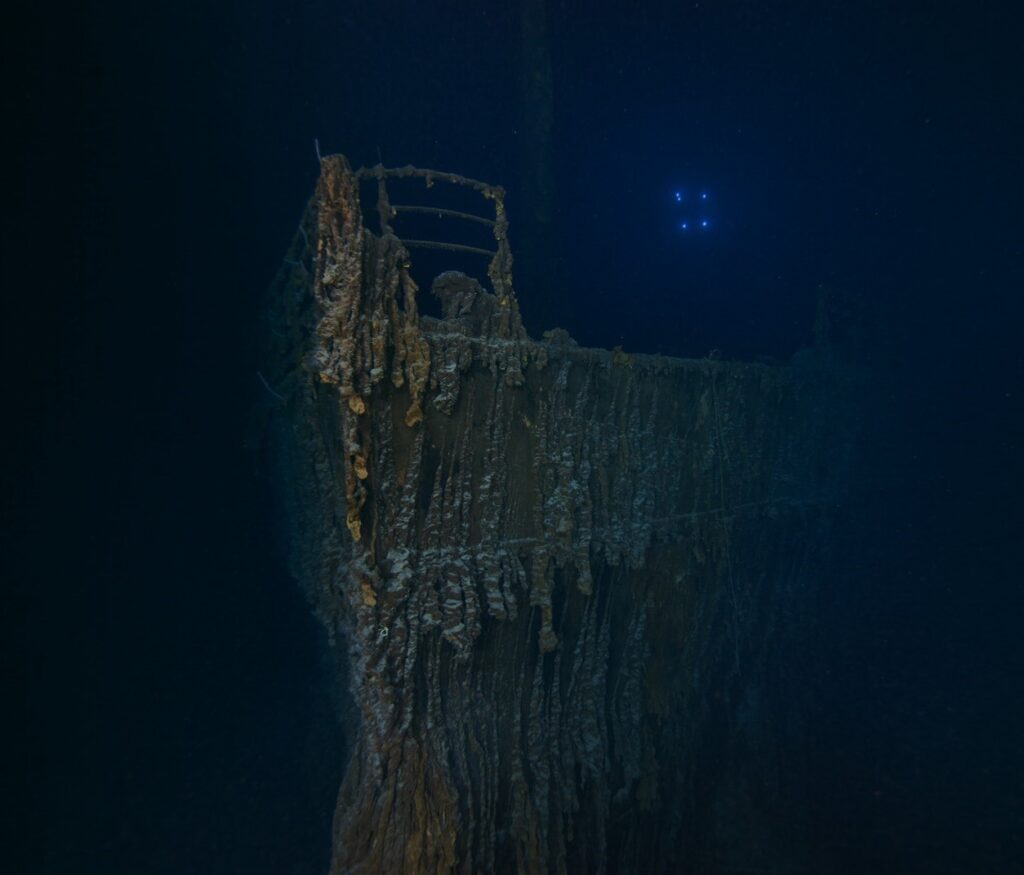
The discovery of the bronze statue and the revelation of the ongoing deterioration of the wreck come at a time of heightened interest in the Titanic, fueled in part by the recent implosion of the Titan submersible, which claimed the lives of five individuals, including Paul-Henri Nargeolet, a key figure in Titanic research. The U.S. Coast Guard is currently investigating the incident, with findings set to be presented in a public hearing later this year.
Similar Posts
The use of advanced technology, such as remotely operated vehicles (ROVs) and high-resolution imaging, has been crucial in enabling a more detailed and accurate mapping of the wreck site. This technology will play a vital role in identifying other historically significant artifacts and planning future expeditions.
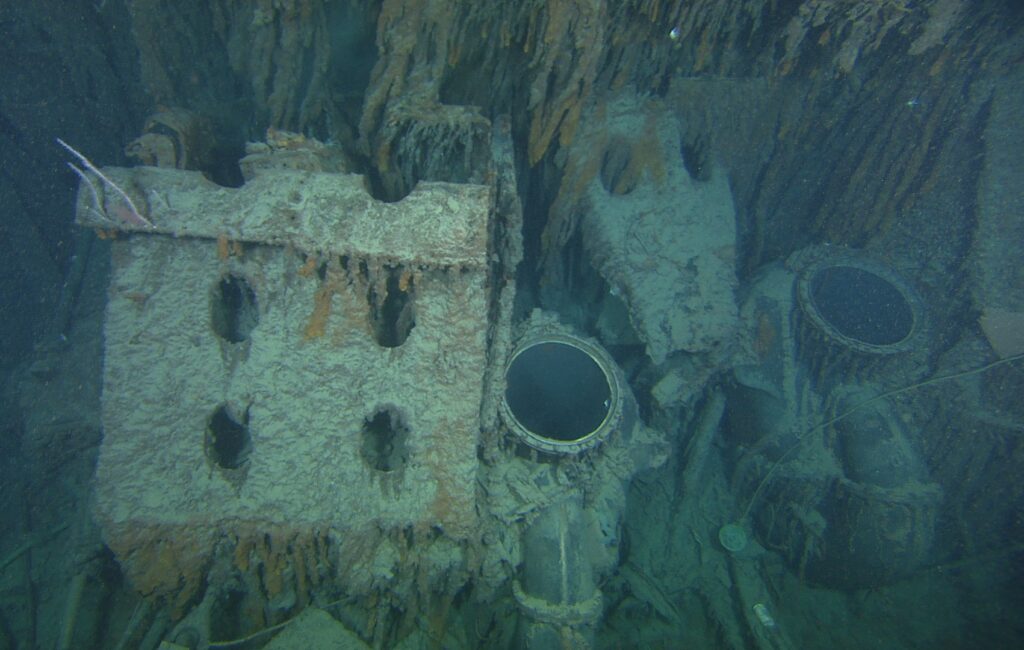
However, the harsh environmental conditions of the North Atlantic, including near-freezing temperatures and complete darkness, pose significant challenges to preservation efforts, and will see a gradual collapse of the ship as well. Despite these obstacles, RMS Titanic Inc. remains committed to documenting the wreck and preserving the legacy of the Titanic for future generations.
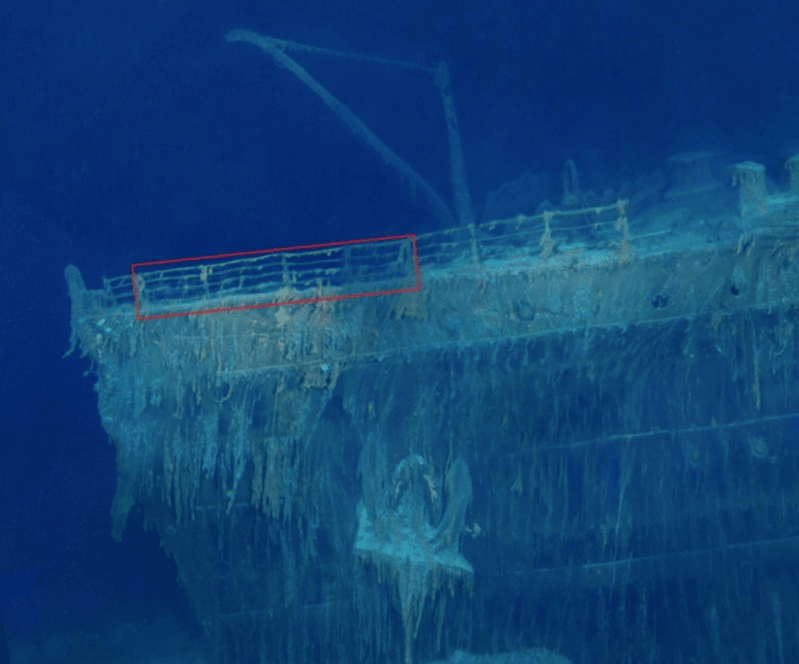
As the world awaits further details on the findings of the expedition and the implications for future research, the rediscovery of the bronze statue serves as a poignant reminder of the Titanic’s enduring place in history and the ongoing efforts to unravel the mysteries that still surround the tragic event that claimed over 1,500 lives on that fateful night in April 1912.
